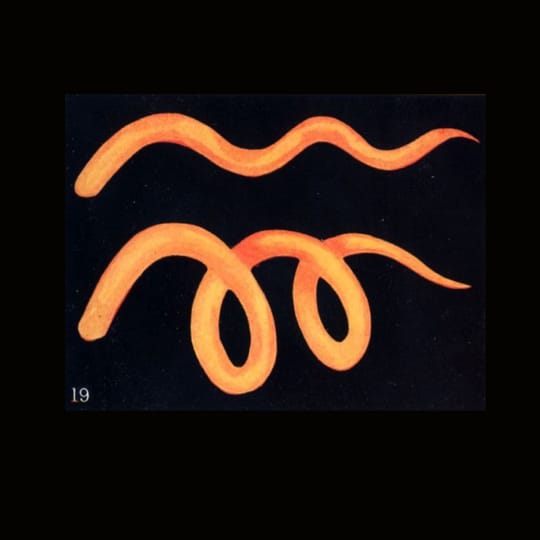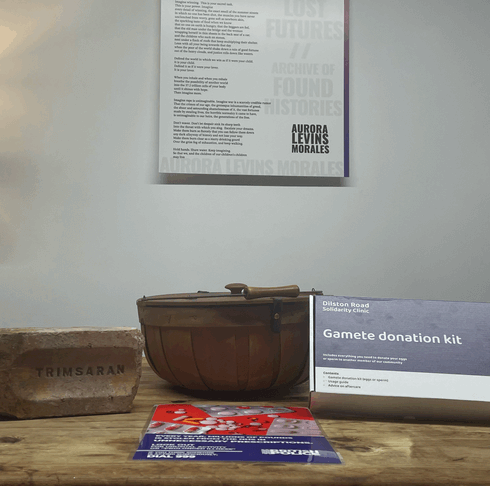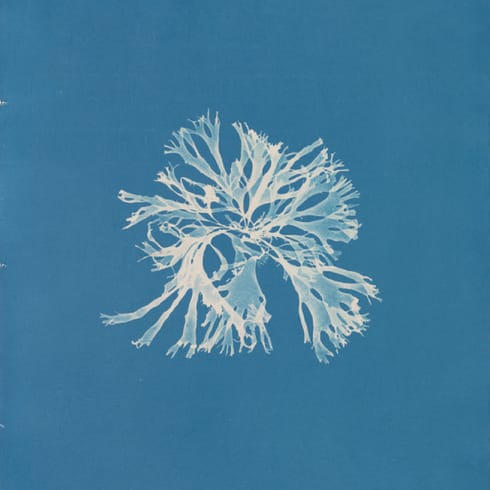
How can diverse views be organised for a theory of change?
We carried out research and facilitation for a group who wanted to align around an organisational vison, mission, values and theory of change.
The client
A campaigning organisation.
The brief
In 2019, the organisation started work to develop a vision, mission and values. The work was interrupted by the pandemic and a turnover in staff. They wanted us to help them pick the work back up from where they left off, to complete the vision, mission and values, and to develop a theory of change around them.
Our offer
- Revisit previous vision, mission and values work
- Create a related theory of change
- Facilitate in-person workshops with staff to develop all the material
What we did
We started the project by having one-to-one interviews with all staff to get their ideas and views about the previous vision, mission and values. We pseudonymised and synthesised the interviews to get a landscape view of opinions and to prioritise areas of work. We shared the synthesised research with staff three weeks before our first face-to-face workshop so they could have time to think and come prepared with refined ideas and questions for their colleagues. We also wrote detailed workshop agendas and provided links to collaborative working spaces three weeks before the first workshop.
We designed two back-to-back workshops: day one focussed on collaboratively editing and refining the vision, mission and values content and day two was more time to focus on the values, and start the theory of change work. We started each workshop with a creative activity unrelated to the vision, mission, values or theory of change to help people settle in and we provided fidgets, mandala colouring pages and lots of different pens and pencils for regulating throughout the workshops. We introduced a simplified consent decision-making process, which was the foundation of all our discussions for the two days. Our two facilitators split roles with one leading the discussion and the other keeping notes and updating documents in a shared Google folder- this allowed everyone to see documentation as it changed in real time.
What we learned
This was one of our favourite pieces of work in 2023. It was full of confusion, challenges, laughter, intelligence and love. More than any other client-facing work we’ve done, this project allowed us to step fully into the emergent strategy elements and principles we hold so dear. We were reminded that following our instincts and staying true to the ways we want to practise will be alright, even if at times it feels too far outside expected ways of working or means we have to scale back on deliverables.
We were also reminded that there are so many different assumptions and expectations about group facilitation, especially when a group has variable regular contact and when full, everyday workplace context is unknown to facilitators. We feel we had a safe enough relationship with this client to signal course changes when they were needed or when they emerged and we are very grateful for that!
What we made
We made:
- A package of shared documents and resources
- New drafts of the vision, mission and two out of four values
- Foundations for a theory of change
- A write up of all our activity from workshop design to the final workshop, including guidance and materials for the group to continue work on the final values and the theory of change



